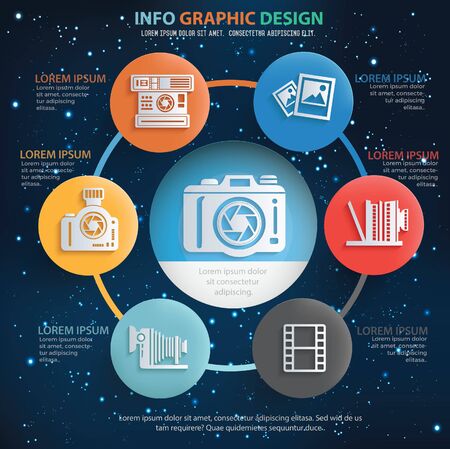What Every Professional Photographer Should Understand About Lights
What Every Professional Photographer Should Understand About Lights
Blog Article
Composed By-From Covington
As a digital photographer, you understand that lights can make or damage your photos. Recognizing the nuances of both all-natural and fabricated light is necessary for catching the mood and clarity you aim for in your job. Whether you're chasing after the perfect golden hour glow or adjust your synthetic setups, understanding these aspects can raise your photography dramatically. However there are common risks that many forget, and recognizing them can change your approach to every shoot. Let's discover what you could be missing out on and just how it can impact your outcomes.
Comprehending All-natural Light
Comprehending natural light is important for any type of professional photographer looking to enhance their work. Visit Homepage 's the foundation of wonderful digital photography, influencing mood, tone, and clearness. When you shoot outdoors, take note of the moment of day. The gold hour-- shortly after sunup and before sunset-- provides soft, warm light that can change average scenes right into magnificent images.
Do not undervalue the power of overcast days. Cloud cover diffuses sunlight, creating a soft, even light that's best for portraits and macro digital photography. You'll discover colors appear this kind of lights without severe shadows.
Positioning matters, also. Always consider your topic's alignment to the source of light. If the sun's behind your subject, you might end up with a silhouette, which can be remarkable yet mightn't be what you want. Conversely, https://fstoppers.com/originals/if-you-start-only-two-lenses-your-photography-what-would-be-best-lens-choice-429272 can develop uncomplimentary shadows.
Explore angles; occasionally, transforming your point of view can yield outstanding outcomes. Use natural reflectors, like water or sand, to jump light onto your subject, including dimension.
Mastering Artificial Light
Mastering man-made light is crucial for photographers that intend to take their abilities to the next degree. Whether you're utilizing speedlights, workshop strobes, or constant lights, comprehending how to adjust these sources can significantly improve your pictures.
Beginning by familiarizing yourself with the basics of light top quality, instructions, and color temperature level. Explore different modifiers like softboxes, umbrellas, or grids to manage the soft qualities or violence of the light.
You'll locate that soft light commonly produces lovely outcomes, while harsher light can include drama and depth. Do not avoid https://writeablog.net/alonzo146trenton/typical-mistakes-new-photographers-make-and-exactly-how-to-stay-clear-of-them can improve the three-dimensionality of your subjects.
Pay attention to the positioning of your lights. A light located as well near your subject can create unflattering results, while as well away can result in a lack of detail. Utilize a light meter or your electronic camera's histogram to ensure you're revealing appropriately.
Last but not least, keep in mind that synthetic light can be mixed with ambient light for imaginative effects. Balancing these sources may take method, but once you understand it, your photography will genuinely shine.
Strategies for Different Circumstances
When you step into different capturing situations, adjusting your illumination methods is important for recording the best pictures. For exterior pictures, use the golden hour-- morning or late afternoon light-- to soften shadows and boost complexion.
If it's a rough lunchtime sunlight, consider using a reflector to jump light back onto your topic or look for shaded areas for a more even exposure.
In low-light situations, like interior occasions, enhance your ISO and make use of a vast aperture to allow in more light. A tripod can help get rid of camera shake, permitting longer exposures without blurring.
If you're shooting at evening, trying out off-camera flash to produce dynamic illumination and depth in your photos.
For item digital photography, make use of diffused lighting to prevent severe representations. Softboxes or light outdoors tents can aid achieve this effect.
When photographing landscapes, take into consideration the instructions of light and time of day, as it can substantially alter the state of mind of your shot.
Always prepare to adjust your setups and placing based on the circumstance, as adaptability is key to mastering illumination in digital photography.
Final thought
Finally, mastering illumination is crucial to boosting your digital photography abilities. Welcome all-natural light's appeal during gold hour, and don't avoid try out synthetic light techniques. By adapting your approach to different scenarios, you'll capture spectacular images that reverberate with emotion and clearness. Bear in mind, the appropriate lighting can change a normal shot into something phenomenal, so keep exercising and fine-tuning your understanding of both all-natural and artificial light. Happy shooting!
